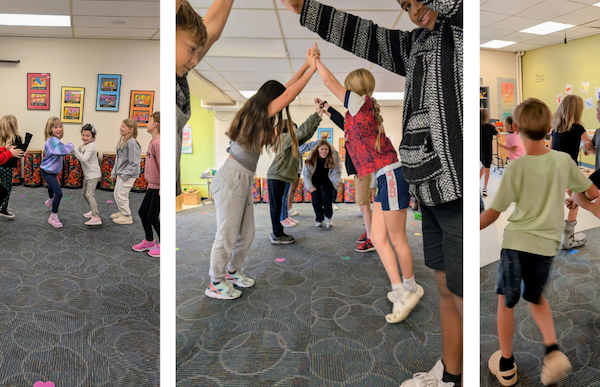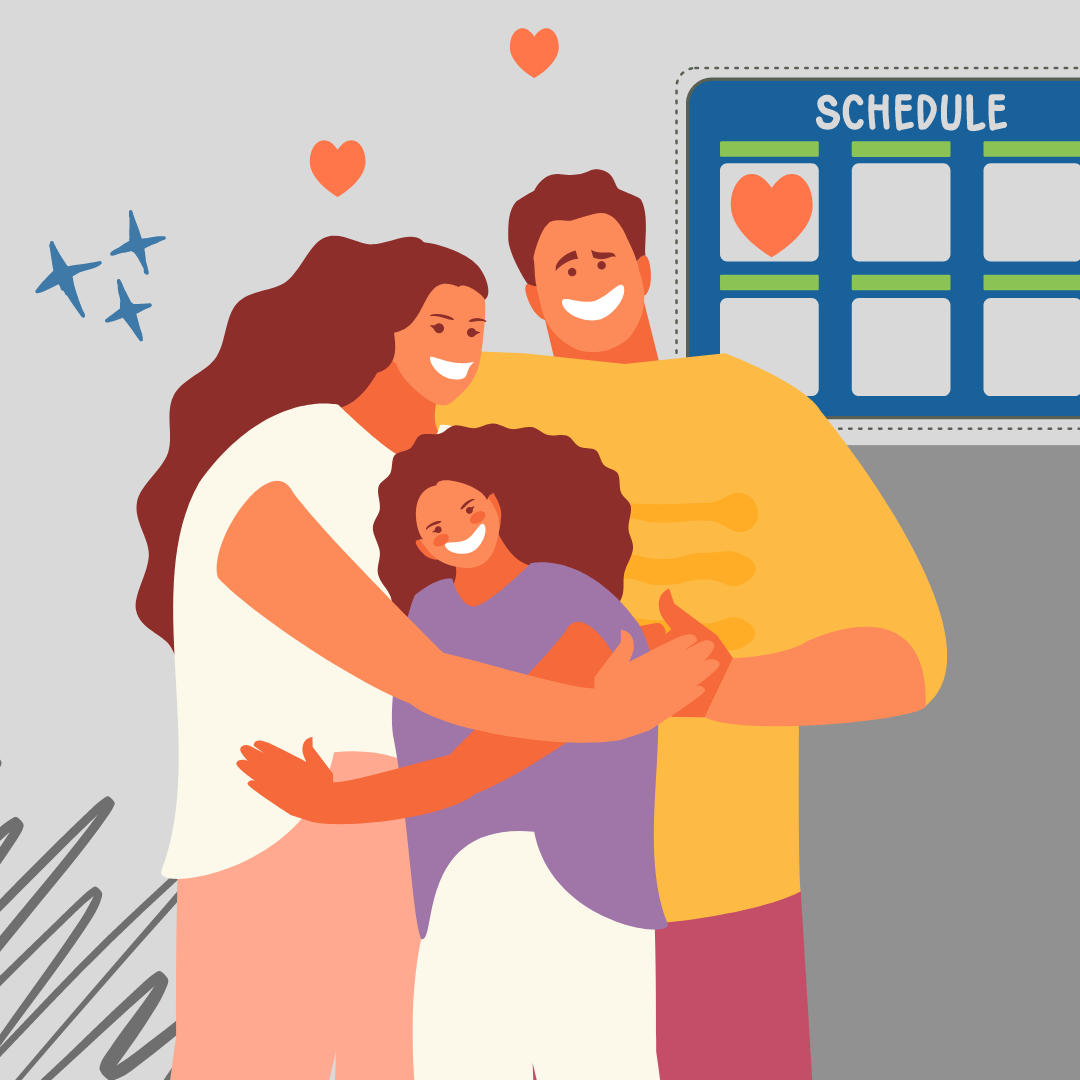
The Beauty of a Written Daily Schedule
October 21, 2022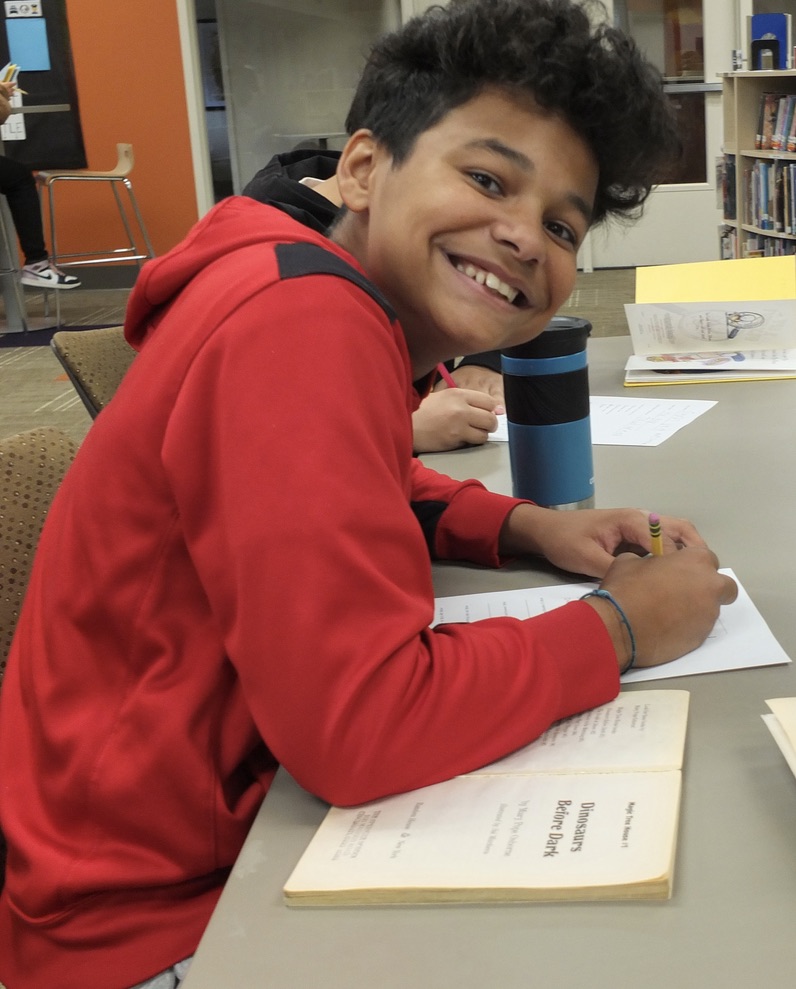
A Teacher’s Role: Factors that Lead to Success with ADHD
November 4, 2022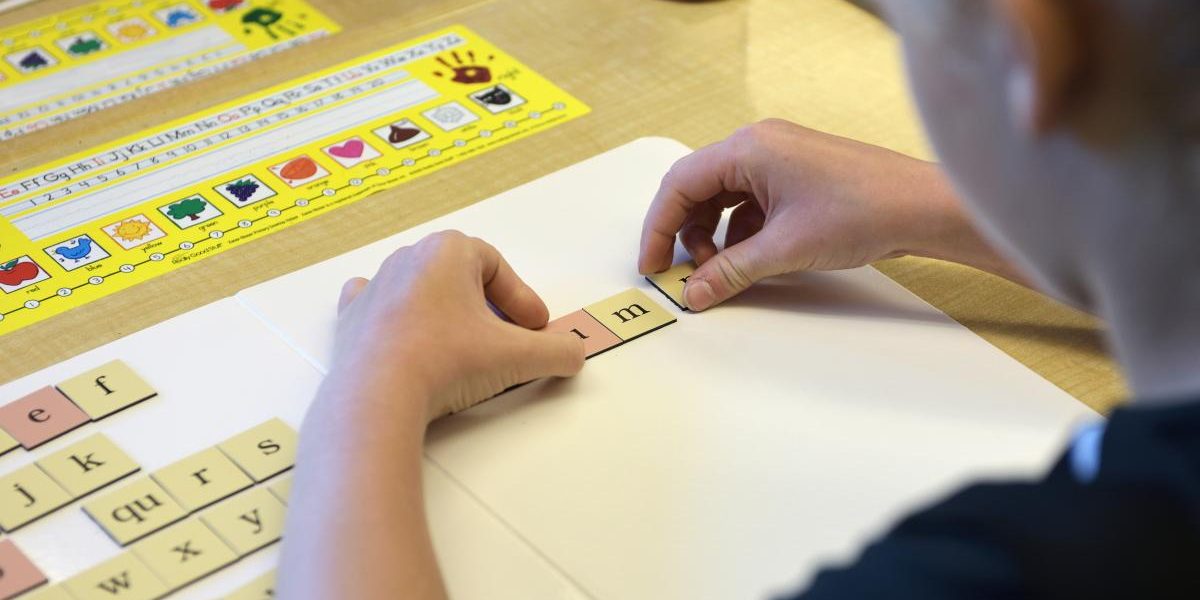
Dyslexia is a language-based learning disability. The difficulties faced with dyslexia include problems in decoding unfamiliar words, difficulty spelling and using correct grammar, a a slow reading and writing pace, as well as difficulty understanding and using language to express oneself verbally or in writing (Visit the International Dyslexia Association for more information).
Reading is the most diagnosed Learning Disability. For 85% of children with an Individual Education Plan, the area of disability is in reading. The IDA estimates that 1 in 5 Americans have symptoms of dyslexia.
A major consideration is whether there is a family history of difficulty in learning to talk or read. For over a hundred years, scientists have recognized that dyslexia “runs in families”. The estimates range from 30 to 60 percent of children having a parent or sibling with dyslexia will also have some difficulty in learning to read. About as many boys as girls are later diagnosed with a reading disability.
Preschoolers don’t typically read. So, how can a parent recognize that language is lagging in their youngsters?
In general, by 12 months of age, a child should say approximately 10 words – mama, dada, ball, car, go, bye-bye are examples. When the parent names an object the child can point to it, such as “doggie” or “car.”
By age two, children can say approximately 20 words, understand “no,” point to body parts and put two words together such as “go bye-bye” or “my ball.”
By age three, a child can say their name, has a vocabulary of around 400 words and asks questions – “Where’s Mom?” or “What’s that?” Children at this age try to elicit attention from adults. The child can answer “Where” questions. When an adult names a color, the child can point to an item of that color. The child can also name common objects.
By age four, a child can relate a simple series of events in a logical sequence. They might be telling you what happened in a story or what they did with Grandma. They can speak in 4- to 5-word sentences. Their vocabulary is close to 1,000 words.
The child who later displays a challenge in acquiring reading skill may have been a youngster whose language was delayed or difficult to understand. Parents describe them as “A man of few words,” or they say, “She lets her brother talk for her.” While the child can talk, they talk only when they must. The child will respond to “yes or no” questions but not spontaneously add more information. Parents may notice that the child has a much smaller vocabulary than peers. It may be difficult for those outside of the family to understand what they are saying.
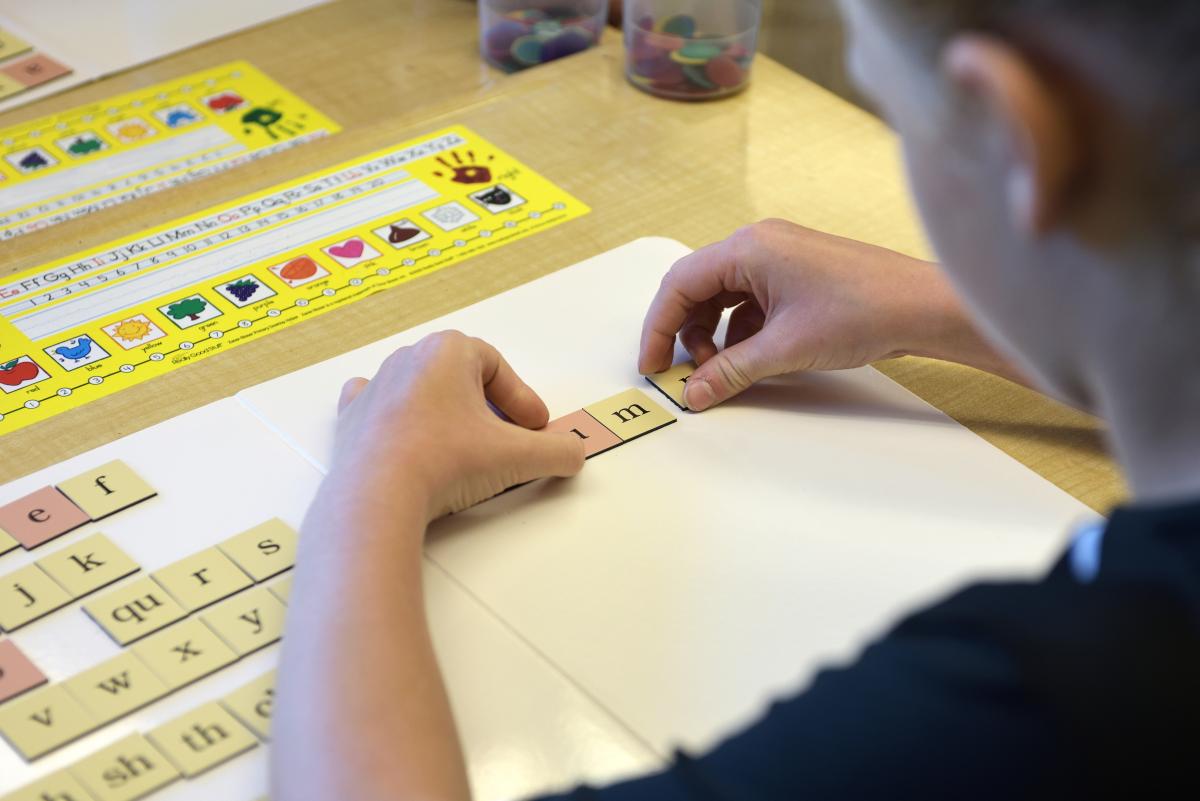
Where to go for guidance:
A good resource is the American Speech, Hearing and Language Association (ASHA) for information on typical language development in the preschool years. ASHA also has suggestions for activities that parents can engage in with their child to develop language skills.
If you are worried, there is no harm in having your child evaluated and receiving services – it is at no cost to you! We know that the earlier intervention begins, the better the outcome. Don’t Wait!!
Be your child's best advocate!
If you’re a parent of any-age child with dyslexia, sign up for our program, “Parent Introduction to Dyslexia: Understanding Your Child” on November 17, 2022. Register now—this program offered in-person only and is not available as a webinar.



